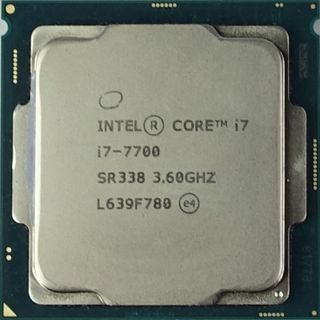

It's a year when you looked at that old Core 2 Duo rig, or Athlon II system, and it was time for an upgrade. Sit in a chair, lie back, and dream of 2010. If you want to see all of our Core i7 benchmarks for each one of these CPUs, head over to / Bench Why The 2600K Defined a Generation For this review, we dusted off our box of old CPUs and put it in for a run through our 2019 benchmarks, both at stock and overclocked, to see if it is still a mainstream champion.


With the next few generations of processors from Intel being less exciting, or not giving users reasons to upgrade, and the phrase 'I'll stay with my 2600K' became ubiquitous on forums, and is even used today. The design was revolutionary, as it offered a significant jump in single core performance, efficiency, and the top line processor was very overclockable. when I change this to per core, I can see the board's default settings are Speedstep, speed shift, and all C-states settings are enabled.One of the most popular processors of the last decade has been the Intel Core i7-2600K. turbo multiplier settings is set to Auto. The other thing is, when I tried to put a single thread load on the processor to see if it jumps to x45 that way: it still only went for x44, but even for a single thread load, ALL cores together jumped to x44! Shouldn't they use different individual multipliers, as in idle?īios settings are: multicore enhancement - disabled. Why? Cpu-z says multiplier range is 8-45. However, it never ever jumps to x45 multiplier, the highest ever was x44. In idle, all cores are at x8 multiplier, and each individual core multiplier jumps up to different intermediate speeds when something in the background needs it. I even disabled the "turbo core enhancement", lol. I'm not overclocking, everything is set to stock/default/auto. Now I see some odd behaviour with turbo clocks. Finally put my pc together on the weekend and reinstalled it from scratch.


 0 kommentar(er)
0 kommentar(er)
